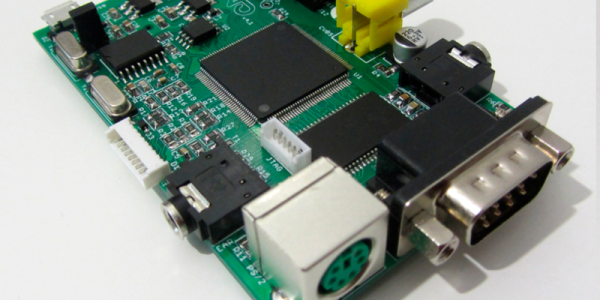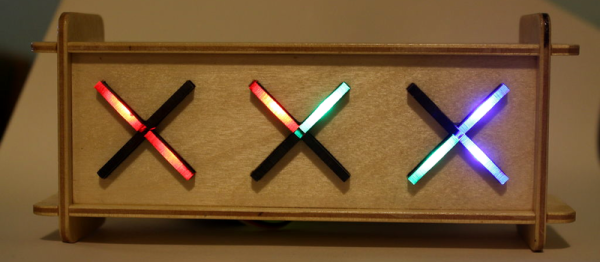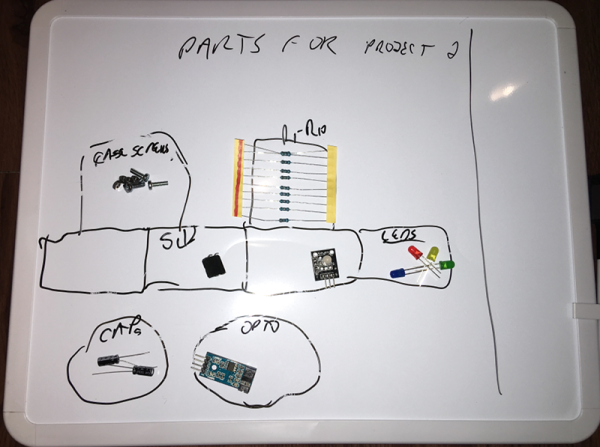FPGAs (like Xilinx’s Spartan series) are great building blocks. They often remind us of the 100-in-1 electronic kits we used to get as kids. Lots of components you can mix and match to make nearly anything. However, like a bare microcontroller, they usually don’t have much in the way of peripheral devices. So the secret sauce is what components you can surround the chip with.
If you are interested in retro computing, you ought to have a look at the ZX-Uno board. It hosts a Spartan 6 FPGA. They are for sale, but the design is open source and all the info is available if you prefer to roll your own or make modifications. You can see a video of the board in action, below (as explained in the video, the color issues are due to the capture card trying to deal with the non-standard sync rate).
Here are the key specifications:
- FPGA Xilinx Spartan XC6SLX9-2TQG144C
- Static Memory 512Kb, AS7C34096A-10TIN
- 50MHz Oscillator
- Video output (composite)
- PS/2 keyboard
- Stereo audio jack
- EAR jack connector (for reading cassette tapes)
- Connectors for JTAG and RGB
- Slot for SD Cards
- Expansion port with 3 male pin strips
- Micro-USB power connector
- PCB Size: 86×56 mm. (Compatible with Raspberry Pi cases)
Continue reading “Retro ZX Spectrum Lives A Spartan Existence”


















